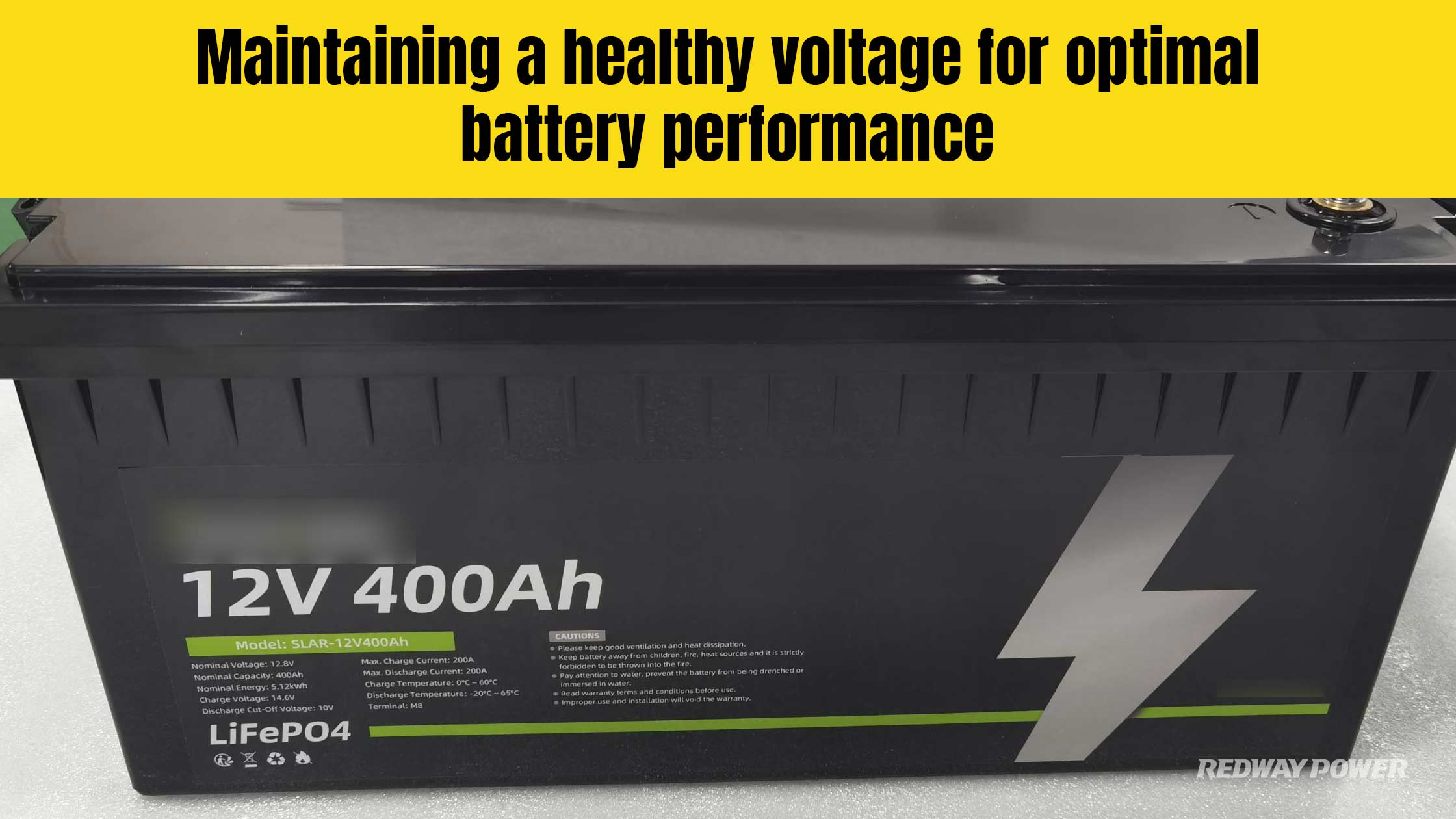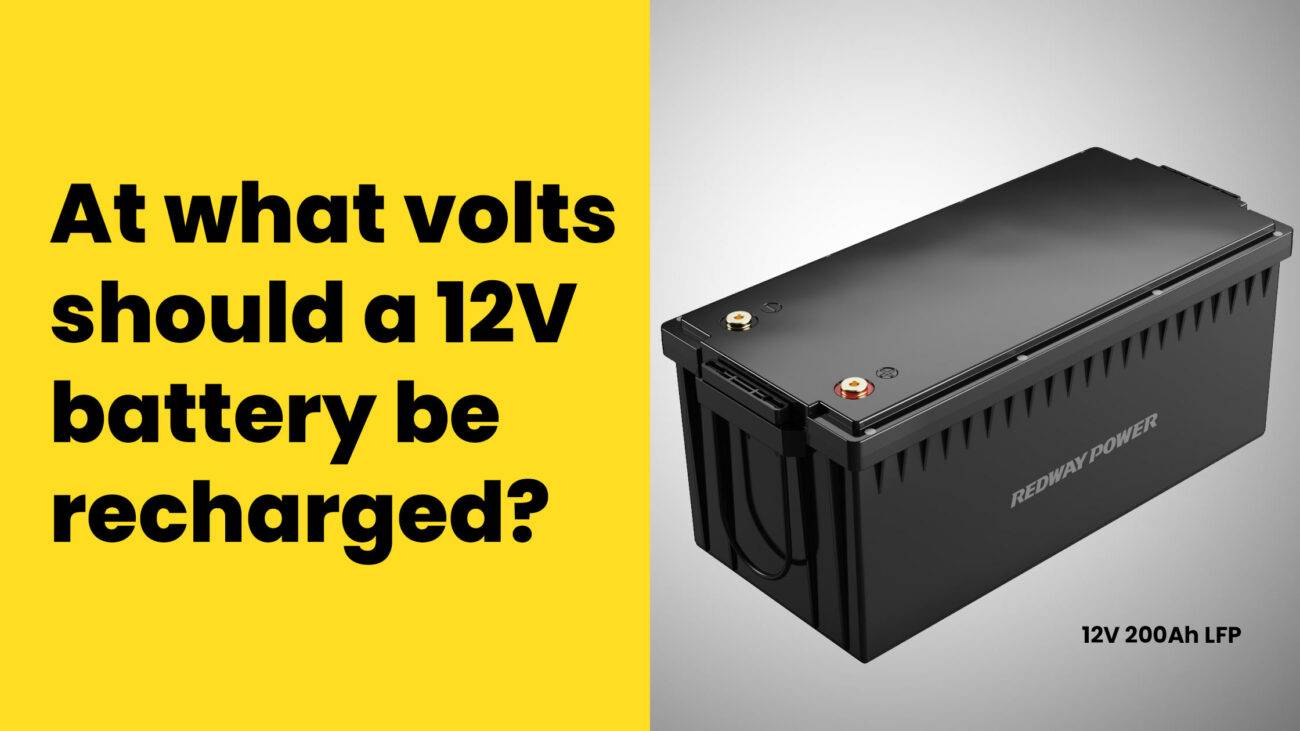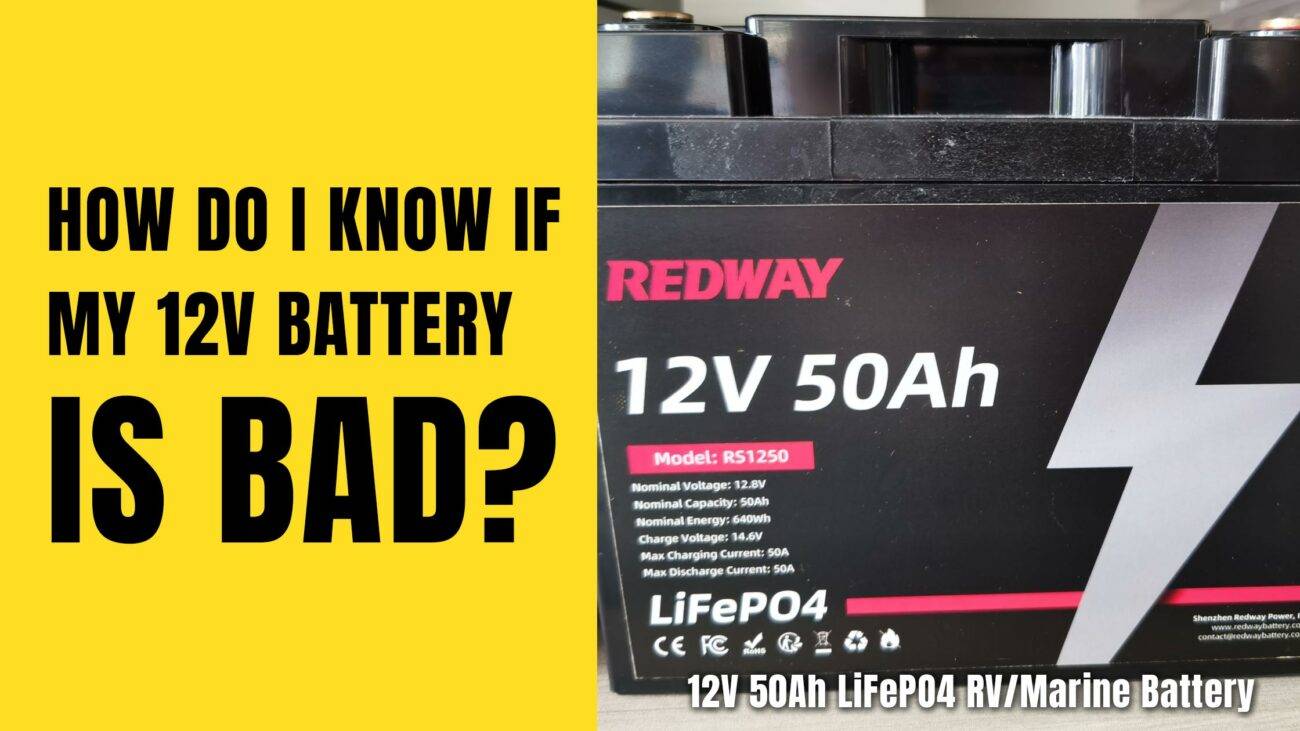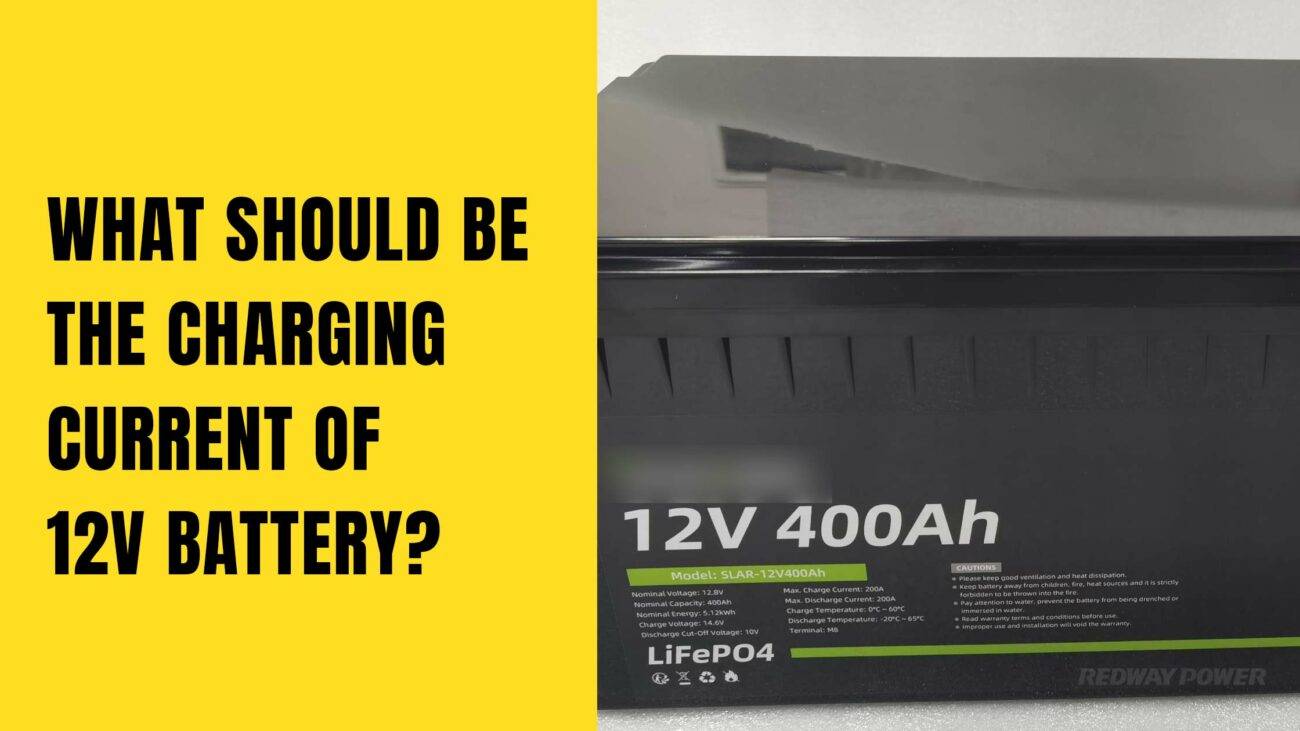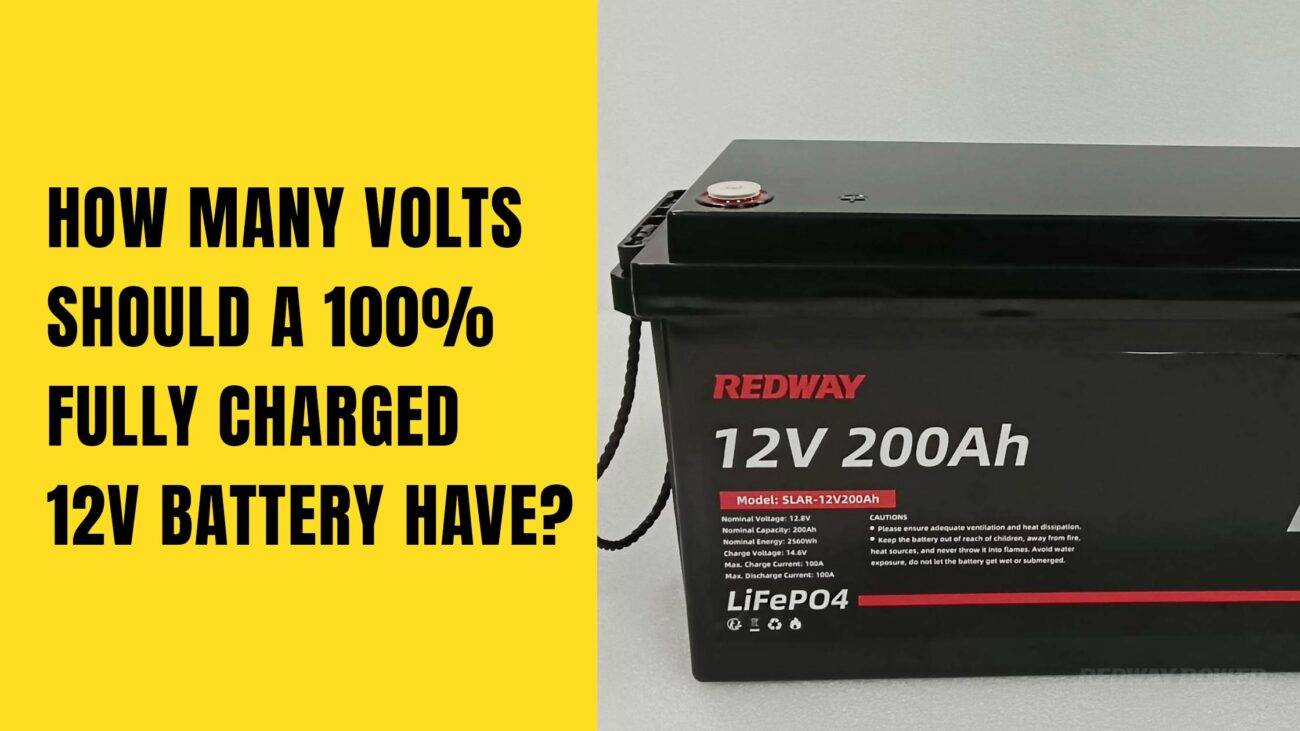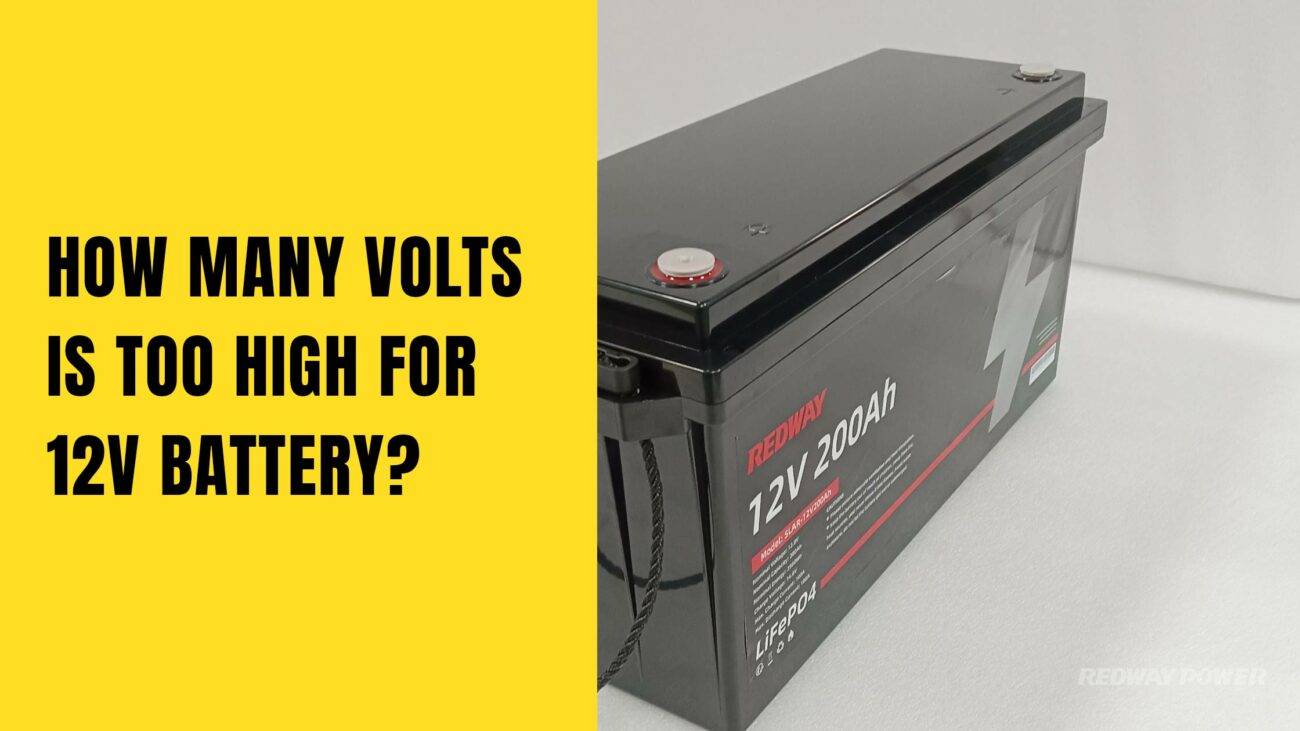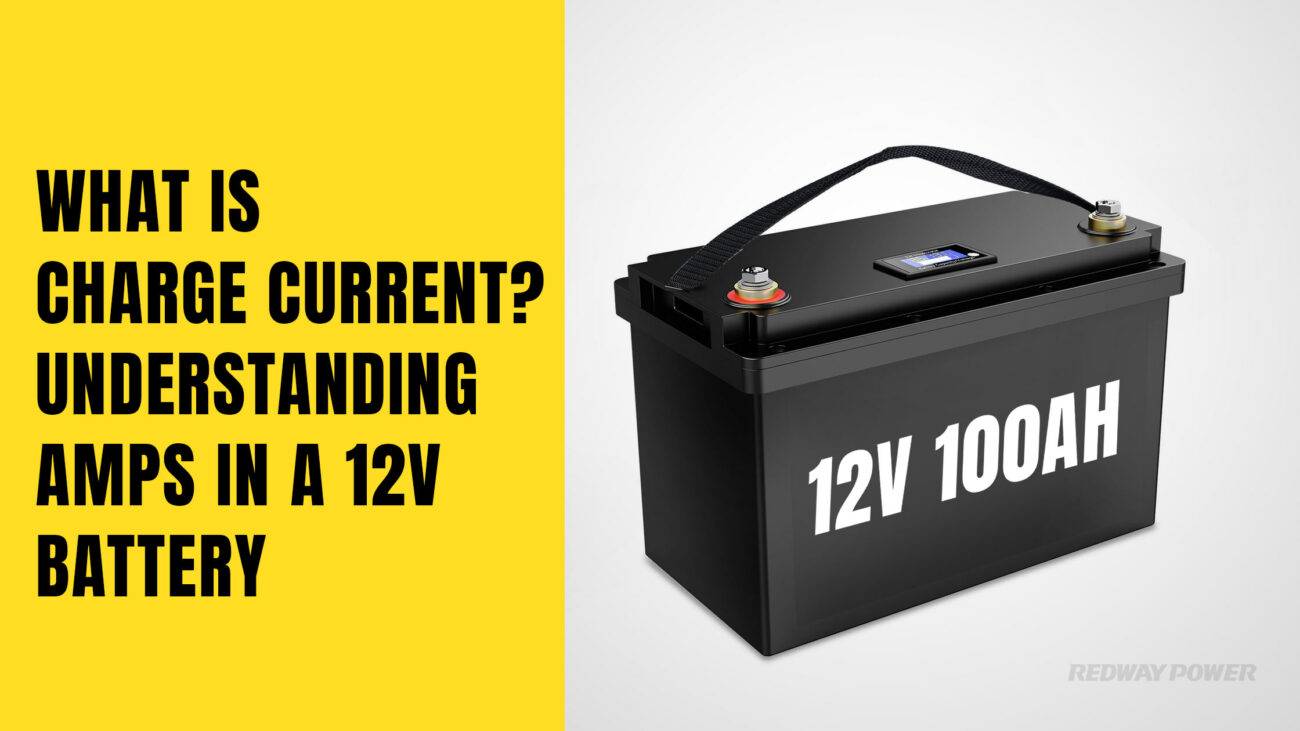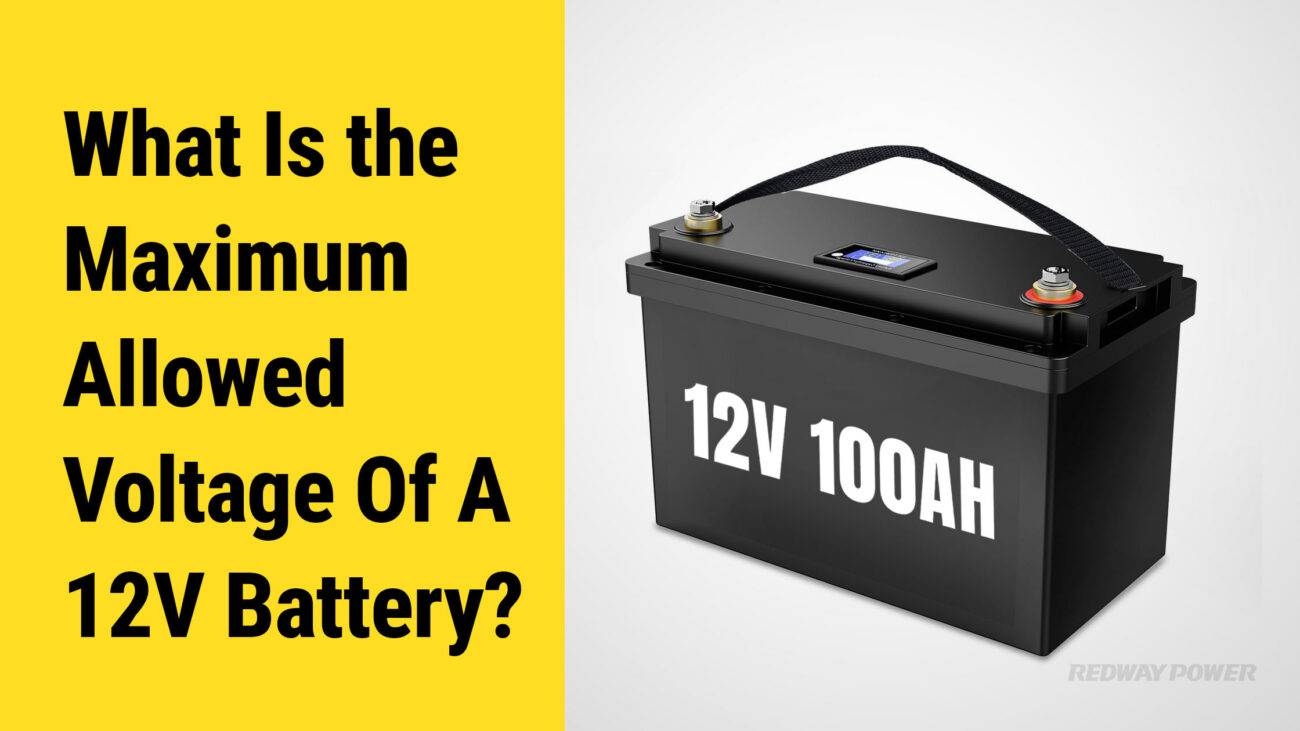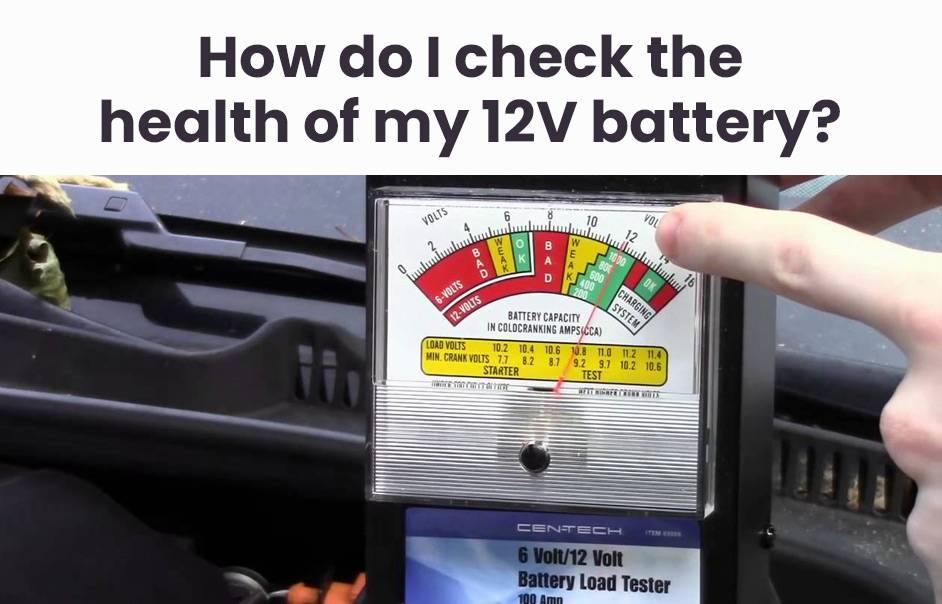- Forklift Lithium Battery
-
48V
- 48V 210Ah
- 48V 300Ah
- 48V 420Ah (949 x 349 x 569 mm)
- 48V 420Ah (950 x 421 x 450 mm)
- 48V 456Ah
- 48V 460Ah (830 x 630 x 590 mm)
- 48V 460Ah (950 x 421 x 450 mm)
- 48V 460Ah (800 x 630 x 600 mm)
- 48V 460Ah (820 x 660 x 470 mm)
- 48V 500Ah
- 48V 560Ah (810 x 630 x 600 mm)
- 48V 560Ah (950 x 592 x 450 mm)
- 48V 600Ah
- 48V 630Ah
-
48V
- Lithium Golf Cart Battery
- 12V Lithium Battery
12V 150Ah Lithium RV Battery
Bluetooth App | BCI Group 31
LiFePO4 Lithium
Discharge Temperature -20°C ~ 65°C
Fast Charger 14.6V 50A
Solar MPPT Charging - 24V Lithium Battery
- 36V Lithium Battery
- 48V Lithium Battery
-
48V LiFePO4 Battery
- 48V 50Ah
- 48V 50Ah (for Golf Carts)
- 48V 60Ah (8D)
- 48V 100Ah (8D)
- 48V 100Ah
- 48V 100Ah (Discharge 100A for Golf Carts)
- 48V 100Ah (Discharge 150A for Golf Carts)
- 48V 100Ah (Discharge 200A for Golf Carts)
- 48V 150Ah (for Golf Carts)
- 48V 160Ah (Discharge 100A for Golf Carts)
- 48V 160Ah (Discharge 160A for Golf Carts)
-
48V LiFePO4 Battery
- 60V Lithium Battery
-
60V LiFePO4 Battery
- 60V 20Ah
- 60V 30Ah
- 60V 50Ah
- 60V 50Ah (Small Size / Side Terminal)
- 60V 100Ah (for Electric Motocycle, Electric Scooter, LSV, AGV)
- 60V 100Ah (for Forklift, AGV, Electric Scooter, Sweeper)
- 60V 150Ah (E-Motocycle / E-Scooter / E-Tricycle / Tour LSV)
- 60V 200Ah (for Forklift, AGV, Electric Scooter, Sweeper)
-
60V LiFePO4 Battery
- 72V~96V Lithium Battery
- Rack-mounted Lithium Battery
- E-Bike Battery
- All-in-One Home-ESS
- Wall-mount Battery ESS
-
Home-ESS Lithium Battery PowerWall
- 24V 100Ah 2.4kWh PW24100-S PowerWall
- 48V 50Ah 2.4kWh PW4850-S PowerWall
- 48V 50Ah 2.56kWh PW5150-S PowerWall
- 48V 100Ah 5.12kWh PW51100-F PowerWall (IP65)
- 48V 100Ah 5.12kWh PW51100-S PowerWall
- 48V 100Ah 5.12kWh PW51100-H PowerWall
- 48V 200Ah 10kWh PW51200-H PowerWall
- 48V 300Ah 15kWh PW51300-H PowerWall
PowerWall 51.2V 100Ah LiFePO4 Lithium Battery
Highly popular in Asia and Eastern Europe.
CE Certification | Home-ESS -
Home-ESS Lithium Battery PowerWall
- Portable Power Stations
What Is the Ideal Voltage Range for a 12V Battery?
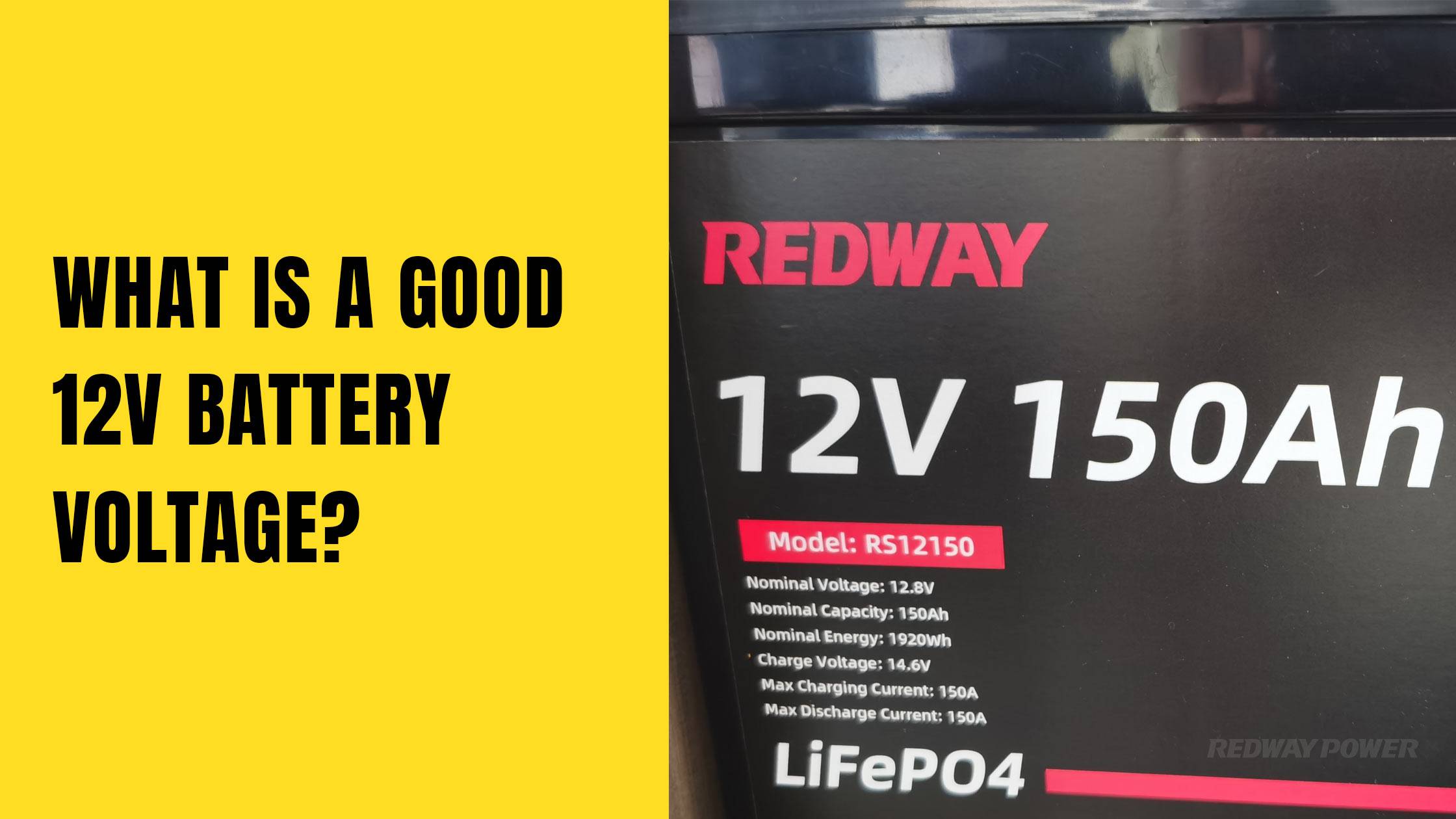
The ideal voltage range for a fully charged 12V battery typically falls between 12.6V and 13.0V. A voltage below this range may indicate that the battery is not fully charged, while voltages above this range often occur during charging. Monitoring this voltage is crucial for maintaining battery health and performance.
What Is the Ideal Voltage Range for a Fully Charged 12V Battery?
For a standard lead-acid battery, the ideal voltage range when fully charged is approximately 12.6V to 12.9V. When at rest, a fully charged battery should read around 12.6V to 12.8V. If the battery is being charged, it may show voltages as high as 13.0V to 14.6V, depending on the charging system in use.Chart: State of Charge vs. Voltage for Lead-Acid Batteries
| State of Charge | Voltage (AGM) | Voltage (Flooded) |
|---|---|---|
| 100% (charging) | 13.00V | 12.89V |
| 100% (resting) | 12.85V | 12.78V |
| 90% | 12.75V | 12.64V |
| 80% | 12.50V | 12.41V |
| 50% | 12.05V | 12.07V |
| 0% | 10.50V | 10.50V |
How Does Temperature Influence 12V Battery Voltage?
Temperature significantly affects battery performance and voltage readings. As temperatures drop, the chemical reactions within the battery slow down, leading to lower voltage readings and reduced capacity. Conversely, higher temperatures can increase voltage but may also accelerate wear and reduce lifespan.Chart: Effect of Temperature on Lead-Acid Battery Performance
| Temperature (°C) | Expected Open Circuit Voltage (OCV) |
|---|---|
| -20 | ~11.8V |
| 0 | ~12.0V |
| 20 | ~12.6V |
| 40 | ~13.2V |
What Are the Different Types of 12V Batteries and Their Voltages?
There are several types of 12V batteries, each with unique characteristics:
- Lead-Acid Batteries: Commonly used in vehicles; they typically have a voltage range of 10.5 to 14.6 volts depending on charge state.
- Lithium-Ion Batteries: These batteries can also be configured in a 12V system, generally maintaining higher efficiency and longer life.
- Nickel-Cadmium (NiCd): Less common but used in specific applications; they have different voltage characteristics.
Understanding these differences is essential when selecting a battery for specific applications.
How Do You Measure the Voltage of a 12V Battery?
Measuring the voltage of a 12V battery involves using a multimeter:
- Set the multimeter to measure DC voltage.
- Connect the red probe to the positive terminal and the black probe to the negative terminal.
- Read the voltage displayed on the multimeter.
This simple process allows you to determine if your battery is within its ideal operating range.
Why Is Monitoring Battery Voltage Important for Performance?
Monitoring battery voltage is crucial for several reasons:
- Battery Health: Regular checks can prevent overcharging or deep discharging, which can damage batteries.
- Performance Optimization: Keeping track of voltage helps ensure that devices powered by batteries operate efficiently.
- Safety: Monitoring can help identify potential issues before they lead to failures or hazardous situations.
Regularly checking your battery’s voltage can significantly extend its lifespan and improve overall performance.
How Does Engine Load Affect the Voltage of a Car Battery?
In vehicles, engine load affects battery voltage significantly:
- Resting State: When not in use, a fully charged car battery should read around 12.6 to 12.8 volts.
- Starting Engine: During cranking, voltage can drop as low as 9 to10 volts, which is normal due to high current draw from the starter motor.
- Running Engine: Once running, an alternator charges the battery, raising its voltage to between 13.7 and 14.7 volts, depending on load conditions.
Understanding these fluctuations helps diagnose potential issues with both batteries and electrical systems.
Industrial News
Recent advancements in battery technology have led to increased interest in optimizing voltages across various applications, particularly in electric vehicles and renewable energy systems. Innovations in lithium-ion technology promise improved efficiency and longer lifespans, while ongoing research into solid-state batteries aims to enhance safety and performance metrics further.
Redway Power Insights
“Monitoring your battery’s voltage is not just about ensuring it works; it’s about maximizing its lifespan and performance,” states an expert at Redway Power. “As technology evolves, understanding how different factors influence battery health becomes increasingly critical for both consumers and manufacturers.”
FAQ Section
Q1: What is considered a fully charged state for a lead-acid battery?
A1: A fully charged lead-acid battery typically reads between 12.6 volts and 13 volts when at rest.Q2: How does temperature affect my battery’s performance?
A2: Cold temperatures can reduce capacity and lower voltage readings, while high temperatures may increase voltage but shorten lifespan.Q3: Why should I measure my battery’s voltage regularly?
A3: Regular measurements help maintain optimal performance, prevent damage from overcharging or deep discharging, and enhance safety.
